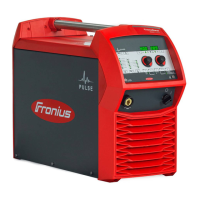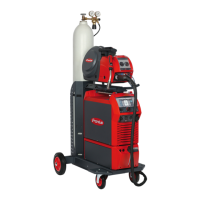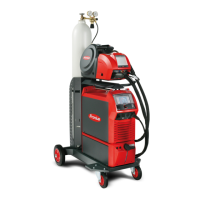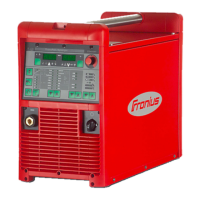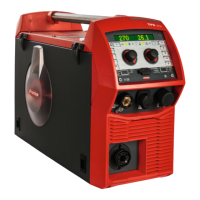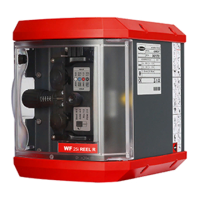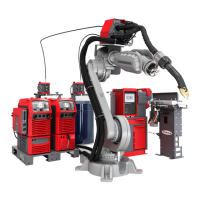13 SEP 12
/ Battery Charging Systems / Welding Technology / Solar Electronics
-
--
- 26
26 26
26 -
--
-
Weld Process
MIG – Short Circuit Transfer
Short Circuit Transfer
This is a transfer mode where the electrode wire touches the work piece “snubbing out” the arc and the heat from electrical resistance violently pinches
off and deposits the molten wire electrode into the weld pool. - The wire heats up forming a ball of metal at the end of the wire which is then reintroduced
into the molten weld pool where it shorts the circuit, then gets pinched off and deposited into the weld pool. The cycle then repeats itself.
– Disadvantages include: Limited wire feed speed and therefore lower deposition rates - Cold lapping/lack of fusion is also more likely to occur
(proper technique is needed to avoid cold lapping/lack of fusion) – Moderate amount of spatter (dependent on environmental factors and
parameters).
– Advantages Include: Low heat input - All positions – Gap bridging - Capable Process for thick and thin materials
Globular Transfer:
This is an uncontrolled spray transfer mode. When CO2 or Argon-CO2 is used, a molten ball tends to form on the end of the electrode and may grow in
size until its diameter is greater than the diameter of the electrode. These droplets, larger in size, may cause short circuits and this mode is known as
“globular transfer.” This method of transfer produces a large amount of spatter and higher heat input when compared to the short circuit transfer mode.
– Disadvantages include: High level of spatter and arc instability
– Advantages: Can use 100% CO
2
, an inexpensive gas - Has good penetration on thick metals
Spray Transfer:
This is a high heat input transfer mode where the shielding gas is an Argon rich (Argon-Oxygen - 8% Oxygen maximum) or (Argon-CO2 -18% CO2
maximum) mixture. The droplets being sprayed across the arc are very fine and never short circuit the arc therefore propelling small molten droplets of
the electrode across an open arc to the workpiece(s).
– Disadvantages include: High heat input - Limited range of welding positions - Higher percentages of argon required thus increasing gas cost
– Advantages include: High deposition rates - Good penetration - Good weld appearance with little to no spatter
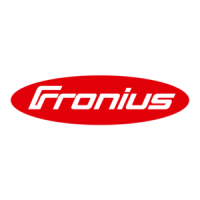
